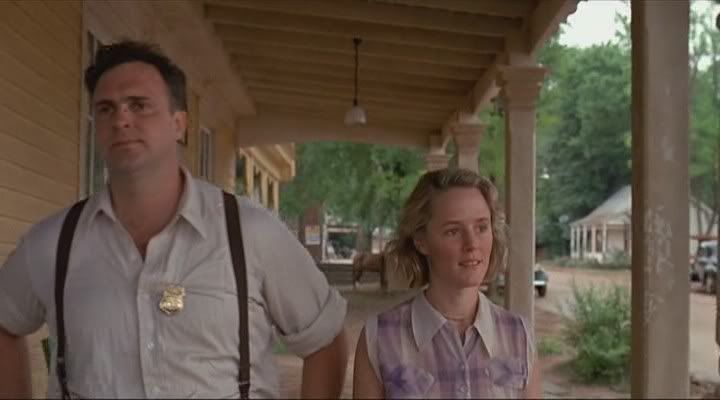BBC - Europe A Natural History - 4 - A New Millenium.avi
-
- Ancient Discoveries Collection -
- Blood of the Vikings -
- Buildings that Shaped Britain -
- Gdańsk - Danzig -
- Indian Ocean with Simon Reeve -
- The Museum -
- Voyage to the planets -
A History of Ancient Britain - 4x -
A History of Celtic Britain - 4x -
Ancient Egypt - 2x -
Baroque! From St Peter's to St Paul's - 3x -
Britain from Above - 6x -
CNN -
Crusades with Terry Jones - 3x -
Days that Shook the World - 9x -
Earth -The Power of the Planet - 5x -
Fake or Fortune - 11x -
Fake or Fortune s02e01.hannibal -
Fake or Fortune s02e02.hannibal -
Fake or Fortune s02e03.hannibal -
First Life - 2x -
Floratone II (2012) - FLAC -
Francesco's Venice - 4x -
Gdansk 1939 (Kroniki filmowe) -
How Drugs Work - 3x -
Kevin McCloud's Grand Tour of Europe - 4x -
KL Stutthof -
Mastercrafts - 6x -
Millennium - A Thousand Years of History -
Rococo - Travel, Pleasure, Madness - 3x -
Rome Revealed - 8x -
s3 -
Scandimania - 3x -
Secret Britain - 4x -
Secrets of Superbrands - 3x -
Silent Comedy (2013) - FLAC -
Stephen Fry in America - 6x -
Subtitles -
Supersized Earth - 3x -
The Beauty of Anatomy - 5x -
The Beauty of Books - 4x -
The Dark Ages - An Age of Light - 4x -
The Nazis. A Warning from History - 6x -
The Normans - 3x -
The Thirties in Colour - 4x -
The Trap - 3x -
Welcome to India - 3x -
Wolne miasto.1958 -
Wonders of the Solar System - 5x -
Wrak.1954
The programmes featured extensive use of CGI to bring to life extinct species, and show how the European cities of today would have looked at various points in the past, when the climate was very different.
 Szokujący i dekadencki film będący artystyczną prowokacją reżysera... Czterech zamoznych mężczyzn spotyka się na uczcie w podmiejskiej willi. Pilot Marcello (Marcello Mastroianni), sędzia Philippe (Philippe Noiret), producent telewizyjny Michel (Michel Piccoli) oraz restaurator i kucharz Ugo (Ugo Tognazzi) postanawiają popełnić samobójstwo z... przejedzenia.
Szokujący i dekadencki film będący artystyczną prowokacją reżysera... Czterech zamoznych mężczyzn spotyka się na uczcie w podmiejskiej willi. Pilot Marcello (Marcello Mastroianni), sędzia Philippe (Philippe Noiret), producent telewizyjny Michel (Michel Piccoli) oraz restaurator i kucharz Ugo (Ugo Tognazzi) postanawiają popełnić samobójstwo z... przejedzenia.

 Evelyn Couch przechodzi trudny okres, ma problemy w małżeństwie. Spotkanie z wiekową już Ninny Theadgoode zmienia jej życie. Ninny opowiada Evelyn historię życia młodej kobiety z Alabamy - Idigie Theadgoode. Pod wrażeniem opowieści Evelyn staje się asertywna i pewna siebie.
Evelyn Couch przechodzi trudny okres, ma problemy w małżeństwie. Spotkanie z wiekową już Ninny Theadgoode zmienia jej życie. Ninny opowiada Evelyn historię życia młodej kobiety z Alabamy - Idigie Theadgoode. Pod wrażeniem opowieści Evelyn staje się asertywna i pewna siebie.




 Pobierz plik
Pobierz plik

 1
1
 Napisy wgrane w film
Napisy wgrane w film
